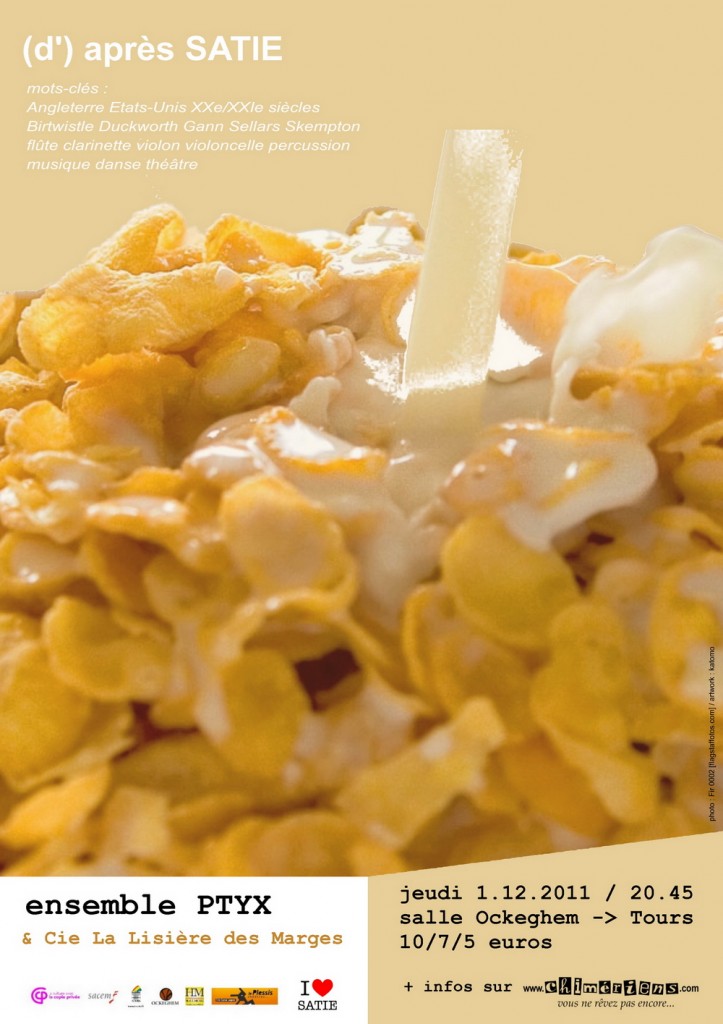A particularly invidious form of comparison arises when critics appoint themselves to the rank of H[er]. M[ajesty’s]. Customs and Excise officers whose function it is to spot composers smuggling contraband ideas from one work to another. To ask a composer if he has anything to declare while he is busily unrolling his music to public view is not a very intelligent question. Each act of composition is a declaration. If it did not owe something to somebody it would be intelligible to nobody. Elgar may be said to have “smuggled” the closing pages of Tristan into the final bars of his own Second Symphony. But the comparison is so obvious only a bad critic would make it; and only a fool would “devalue” the Elgar as a consequence. The likeness sheds no light whatsoever on the respective “value” of either work. The way pieces resemble each other is the least interesting thing about them. It is one of musical criticism’s blind alleys.
-Alan Walker, An Anatomy of Musical Criticism, p. 8
I found this thoughtful little 1966 book at a used bookstore in Hudson over the weekend. I often buy books about music criticism and its history. It’s an important topic, and not enough is written about the activity itself. We ought to teach music criticism intelligently and discuss its principles, but instead we let people stumble into it and make up their own rules, which usually turn out to be stupid ones, with the result that what ought to be a prestigious discipline is generally a rightly despised one. As a former critic, I sometimes toy with the idea of writing something lengthy about the topic myself, although interest in it seems more in decline than ever.
Walker – better known today for his superb three-volume biography of Liszt – argues compellingly that music criticism should be placed on an objective basis, not via the old-fashioned route of coming up with rules for how music supposedly works, but by beginning with our collective ability to identify with some pieces more than others, and explicating our perceptions of why the music elicits our sympathies so strongly. At the same time he sets this principle against the observed fact that tastes do change historically, and that audiences do “catch up” with composers who seem outrageous at first – and sometimes move past them. He is a little too impressed with Rudolph Reti’s The Thematic Process in Music, which was popular in the 1960s but which has come in for its own share of debunking, despite some undeniable insights. But he also develops a principle that is central to the way I teach composition. Giving many successful and unsuccessful examples, he writes about how a music idea can be given an utterance that does or doesn’t completely express it in its clearest form. He goes on,
The very act of teaching composition is a tacit acknowledgement that you can not only diagnose a distinction between “idea” and “utterance” but that you can also remedy the situation. A good composition teacher does not merely re-compose his students’ work. He helps them to search for its truer expression. It is his chief function to help his students to keep re-formulating the “utterance” until they have captured the “idea.” (pp. 72-73)
This is exactly how I think about my students. I don’t mind my students writing in any style they want to (right now I have one student writing rock songs, one neoromanticist, one mystical pandiatonicist. and one postminimalist). Nor do I push them, as so many colleagues I know do, to write “20th-century music,” whatever that is, since the 20th century is over and we’re in a pluralist situation. Instead I push them to isolate the idea or ideas most important to them and make the expression of those ideas so clear that the listener can’t help but grasp what they are. And I help them steal solutions from other music, reminding them, in effect, that if their music “did not owe something to somebody it would be intelligible to nobody.” Most bad music today, I think, is bad not because its ideas are weak, but because the composer doesn’t work hard enough to find the perfect, clearest expression of those ideas; in fact, there seems to be a general reluctance to say outright what one means, preferring to hedge one’s bets and clutter the musical surface with obfuscating bells and whistles. If I ever teach criticism again, I could do worse than Xerox and assign Walker’s little out-of-print book as an attempt to find an objective starting point, with a route that leaves the blind alleys behind.

